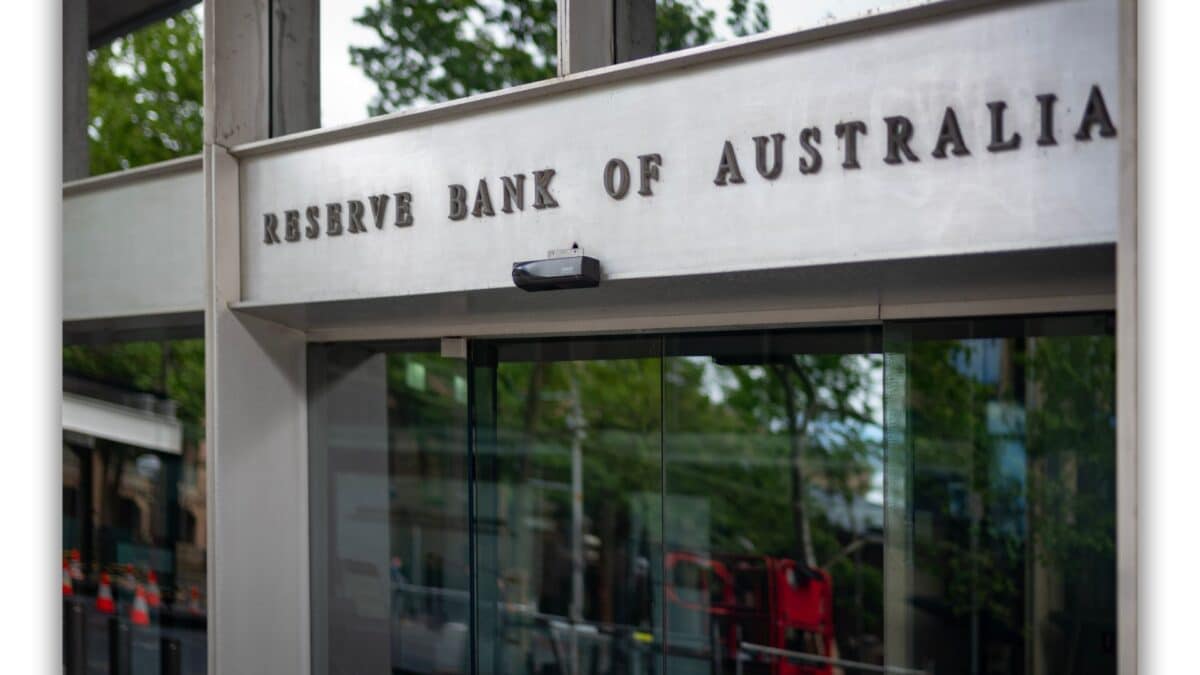The Reserve Bank of Australia (RBA) is expected to take a more aggressive stance on interest rate cuts as it responds to global events impacting the economy. Analysts suggest the central bank may reduce rates further than originally anticipated due to a combination of geopolitical tensions in the Middle East and potential oil price shocks. The latest outlook from KPMG now includes an additional rate cut, taking the RBA’s cash rate down to 3.1% by the end of 2025.
This shift in expectations follows a period of heightened uncertainty in the global economy. With the threat of an oil price shock and concerns over the global tariff fallout, the RBA could be compelled to make swift adjustments to its monetary policy. These developments have significant implications for both the Australian economy and consumers, particularly homeowners.
Rising Oil Prices Threaten Economic Stability
The ongoing conflict in the Middle East, particularly the tensions between the U.S. and Iran, has raised concerns about oil price fluctuations. As global oil prices dipped by 7.2% recently, analysts warned that continued instability in the region could lead to higher fuel costs, which would put pressure on Australia’s economy. KPMG estimates that such an “oil shock” could reduce Australia’s GDP by as much as 0.15 to 0.20 percent this year, particularly if oil prices respond similarly to past events such as the first Iraq War.
For an economy like Australia’s, which is heavily reliant on road transport, an oil price shock could ripple across all sectors. KPMG’s analysis emphasized the interconnectedness of the transport sector with the wider economy, suggesting that any rise in fuel prices would have far-reaching consequences for inflation and short-term economic growth.
KPMG Forecasts Further Rate Cuts
KPMG’s revised forecast now includes the expectation of an additional three rate cuts by the end of 2025. Initially, the firm had expected only two cuts, but recent developments have led to a reassessment of the situation. The anticipated cuts would bring the RBA’s cash rate to 3.1%, further easing financial pressures on Australian households and businesses. If the RBA follows through with these cuts, homeowners could see their repayments drop significantly, with those on a typical $600,000 loan potentially saving up to $265 a month.
This adjustment comes as the RBA faces mounting challenges in navigating both domestic inflation pressures and global economic uncertainties. While the RBA’s primary goal remains to control inflation, analysts are now suggesting that it may prioritize short-term growth stability in light of external shocks, such as the oil price volatility and international political tensions.
Shock to ‘force’ RBA to cut interest rates further than expected: 'More aggressive' https://t.co/2K0tlYTTbG
— Yahoo Finance Australia (@YahooFinanceAU) June 24, 2025
Inflation Expectations Influence The RBA’s Strategy
Despite the potential oil price shock, KPMG and other analysts believe the RBA will likely “look through” any short-term inflationary impact caused by rising oil prices. Core inflation in Australia is currently within the RBA’s target range, which provides the central bank with more room to maneuver. In this context, rate cuts could provide the necessary stimulus to support economic activity, especially if global uncertainties continue to weigh on consumer confidence and spending.
Westpac’s chief economist, Luci Ellis, has emphasized that the RBA’s primary concern remains inflation, rather than external factors like the oil price. However, given the interconnected nature of global markets, the central bank may find itself adjusting its strategy more frequently to account for unforeseen shocks. This could lead to a more reactive and flexible monetary policy approach over the coming months.
As the RBA’s next meeting approaches in July, markets have already priced in a high probability of an interest rate cut. With an 86% expectation of a rate change, analysts predict that the central bank will take action to address slowing growth and external shocks. Major banks, including NAB, are forecasting a rate cut in July, while others, such as ANZ and Commonwealth Bank, expect cuts in August.









